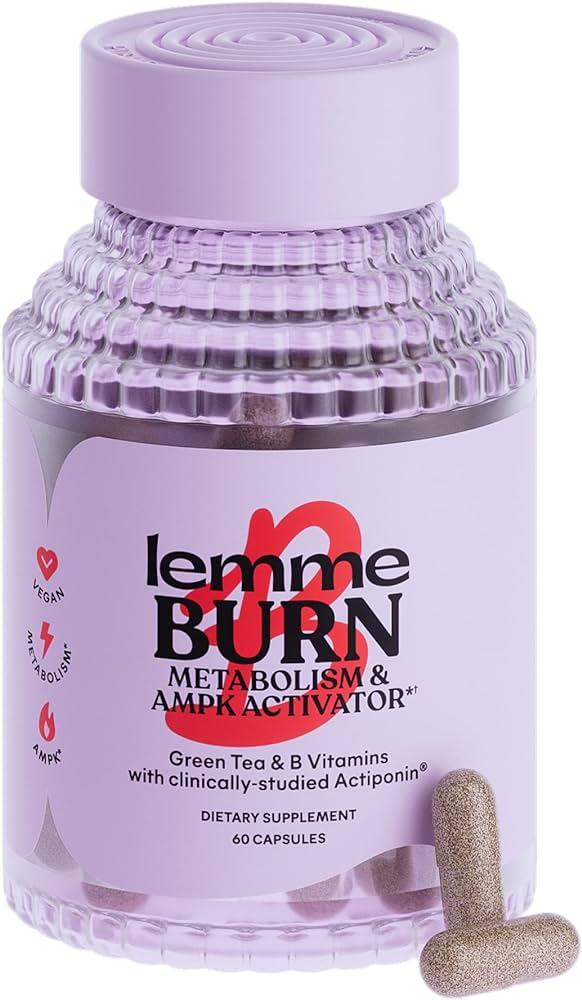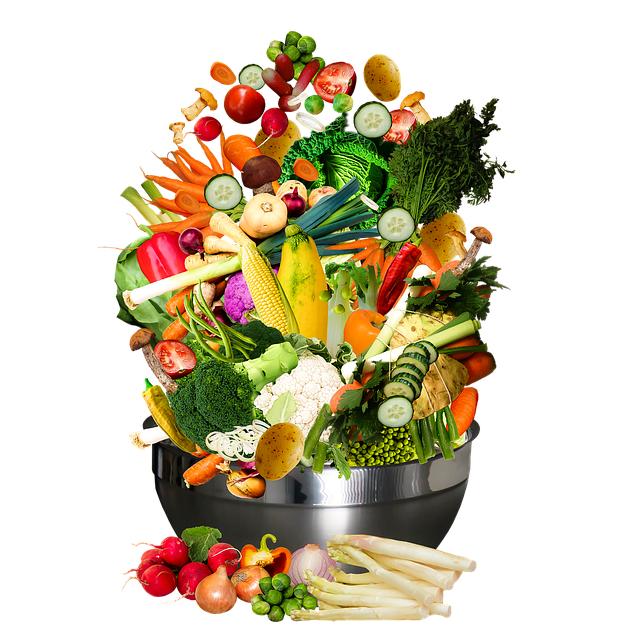In the bustling world of fitness, where new trends emerge almost daily, one workout regimen has consistently held the spotlight for its efficiency and results—High-Intensity Interval Training, or HIIT. As we lace up our sneakers and prepare to dive into this exhilarating world of rapid bursts and short recoveries, a fascinating physiological process unfolds beneath the surface: the science of fat-burning. This article delves into the intricate mechanisms that propel our bodies into fat-burning mode during HIIT workouts, unraveling the complex dance of hormones, enzymes, and cellular activities that work in harmony to transform stored energy into fuel. Join us as we explore how HIIT taps into our body’s natural processes, unlocking the potential to burn fat more effectively than traditional exercise routines.
Understanding Metabolism: The Engine Behind Fat-Burning
At the core of high-intensity interval training (HIIT) lies the intricate dance of metabolism, the body’s biochemical engine responsible for converting food into energy. During a HIIT session, the body rapidly shifts between aerobic and anaerobic states, demanding a surge of energy. This is where metabolism steps up, accelerating to meet the energy needs by breaking down carbohydrates and fats. The unique structure of HIIT—short bursts of intense exercise followed by brief rest periods—triggers a phenomenon known as excess post-exercise oxygen consumption (EPOC), or the “afterburn effect.” This effect keeps the metabolic rate elevated even after the workout, enhancing fat-burning capabilities.
Several key factors contribute to this metabolic boost during HIIT workouts:
- Increased Oxygen Consumption: The body continues to consume more oxygen post-workout, promoting calorie burn.
- Enhanced Mitochondrial Function: HIIT enhances the efficiency of mitochondria, the powerhouses of cells, improving overall energy production.
- Hormonal Changes: HIIT triggers the release of hormones like adrenaline and norepinephrine, which aid in the breakdown of fat stores.
Understanding these metabolic processes can empower individuals to optimize their workout routines for maximum fat-burning efficiency, turning each session into a powerful engine of transformation.
The Role of Intensity: Why HIIT Maximizes Calorie Burn
High-Intensity Interval Training (HIIT) is renowned for its remarkable ability to torch calories in a short amount of time. At the core of this efficiency is the principle of intensity. Intensity in HIIT refers to the bursts of vigorous exercise interspersed with brief recovery periods. These intense intervals push your body to operate at near-maximal effort, triggering a cascade of physiological responses that elevate your metabolic rate long after the workout ends. This phenomenon, known as excess post-exercise oxygen consumption (EPOC), ensures that your body continues to burn calories at an accelerated rate, even during rest.
Several factors contribute to the calorie-burning prowess of HIIT:
- Increased Heart Rate: The rapid pace of HIIT keeps your heart rate elevated, enhancing cardiovascular fitness and boosting calorie expenditure.
- Muscle Engagement: The varied movements in HIIT target multiple muscle groups, promoting muscle growth and increasing the resting metabolic rate.
- Hormonal Impact: Intense intervals stimulate the release of hormones like adrenaline and norepinephrine, which aid in fat oxidation.
- Afterburn Effect: The EPOC effect ensures that the body continues to burn calories at an elevated rate for hours post-exercise.
By incorporating these elements, HIIT creates a perfect storm for maximizing calorie burn, making it an effective strategy for those looking to enhance their fitness and manage their weight efficiently.

Optimizing Your HIIT Routine for Maximum Fat Loss
To unlock the full potential of your High-Intensity Interval Training sessions, it’s crucial to fine-tune your approach. By focusing on key elements, you can enhance your workout efficiency and maximize fat loss. Start by ensuring your intervals are of the right intensity. Aiming for 85-95% of your maximum heart rate during the high-intensity phases will push your body to burn calories more effectively. Follow this with a recovery period at 40-50% of your max heart rate to allow your body to prepare for the next burst of energy.
- Duration: Keep your total workout time between 20-30 minutes to prevent burnout while maintaining high energy output.
- Frequency: Integrate HIIT into your routine 2-3 times a week, allowing for adequate rest and recovery days.
- Variety: Mix different exercises, such as sprints, cycling, or bodyweight circuits, to engage various muscle groups and prevent plateau.
Additionally, nutrition plays a pivotal role in optimizing fat loss. Consuming a balanced meal with adequate protein and complex carbohydrates before your workout can fuel your sessions, while a post-workout meal rich in protein helps in muscle recovery and growth. By strategically aligning these elements, your HIIT routine will not only be effective but also sustainable in the long run.

Fueling Your Body: Nutritional Strategies for Effective HIIT
Understanding how to properly fuel your body can significantly enhance the effectiveness of High-Intensity Interval Training (HIIT) and optimize fat-burning results. HIIT workouts, characterized by short bursts of intense exercise followed by rest periods, demand energy that is quickly accessible. To meet this demand, your body relies on glycogen stores and, as these deplete, transitions to burning fat. To support this metabolic shift, consider integrating a few strategic nutritional practices.
- Carbohydrate Timing: Consume complex carbohydrates, such as whole grains or sweet potatoes, a few hours before your workout to ensure glycogen stores are replenished.
- Protein Intake: Incorporate lean proteins like chicken, fish, or plant-based options to aid in muscle recovery and growth, which is crucial for sustained fat loss.
- Healthy Fats: Include sources of healthy fats, such as avocados or nuts, in your diet to provide a slow-release energy source and enhance satiety.
- Hydration: Maintain adequate hydration levels, as dehydration can impair performance and fat oxidation.
Adopting these nutritional strategies can help ensure that your body is primed for performance, enhancing the fat-burning benefits of your HIIT sessions.

